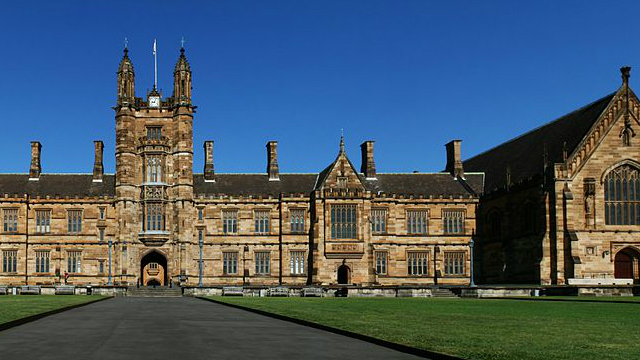
Teachers all over the world have long called for lower class sizes, and New Zealand is no exception.
Research ostensibly demonstrating a link between smaller classes and greater student achievement has been cited so often that parents and other members of the community have joined the call. Governments, in many cases, have responded.
Yet a thorough appraisal of the research on class sizes reveals the following:
- Many studies have methodological problems that make their application in a real world context doubtful.
- Many studies have introduced other reforms such as curriculum changes at the same time as class size reduction, making their individual effects impossible to determine.
- The large majority of studies have found no significant effects of class size on student achievement. The remainder have shown small benefits, usually only when classes have less than 20 students.
- Reducing classes from 25 to 20 would obtain only two minutes more individual instruction per day.
- Class size has less effect when teachers are competent.
- The single most important influence on student achievement is teacher quality.
It is far more valuable, both in educational and economic terms, to have good teachers than lots of teachers. The first priority is to ensure that the current and incoming teaching force is as good as it can be, by improving teacher education and in-service training and removing ineffective teachers.
Jennifer Buckingham is a Policy Analyst at The Centre for Independent Studies (CIS). She is the author of Families, Freedom and Education: Why School Choice Makes Sense (CIS 2001) and co-author with Ross Harold of Issue Analysis No. 20 .









